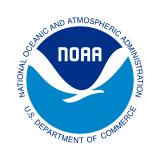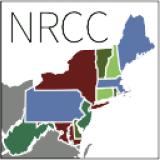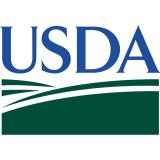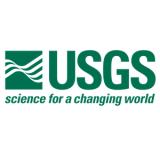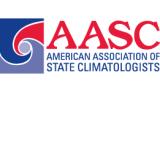Recent precipitation and improving streamflow/groundwater levels have led to small improvements, but areas with long-term drought and dryness remain in northern New England.
For more details, see the Northeast Drought Early Warning System Dashboard.
Key Points
- Severe (D2) and Moderate (D1) drought conditions continued in northwestern Maine.
- Abnormally dry conditions (D0) continued for northern New Hampshire, Vermont, and parts of Maine.
- Abnormally dry conditions (D0) expanded during the last week for southeastern New York.
- As Spring brings warmer temperatures and surface drying, seasonal burn bans go into effect.
Current U.S. Drought Monitor map for the Northeast Drought Early Warning System with data valid for March 22, 2022. The U.S. Drought Monitor is updated each Thursday to show the location and intensity of drought across the country.
According to the latest U.S. Drought Monitor:
- Severe drought (D2) exists in 1.2% of the region.
- Moderate drought (D1) conditions exist in 0.9% of the region.
- Abnormally dry (D0) conditions exist in 20.4% of the region.
U.S. Drought Monitor Categories
Current U.S. Drought Monitor map for the Northeast Drought Early Warning System with data valid for March 22, 2022. The U.S. Drought Monitor is updated each Thursday to show the location and intensity of drought across the country.
According to the latest U.S. Drought Monitor:
- Severe drought (D2) exists in 1.2% of the region.
- Moderate drought (D1) conditions exist in 0.9% of the region.
- Abnormally dry (D0) conditions exist in 20.4% of the region.
Current Conditions
U.S. Drought Monitor 1-Week Change Map

Accumulated Precipitation Departure from Normal

Snow Water Equivalent (Inches)

State-Reported Impacts
New York
Brush Burn Ban: From March 16–May 14, New York's annual statewide ban prohibiting brush burning is in effect. Since 2009, the New York State Department of Environmental Conservation (DEC) has enforced the ban to prevent wildfires and protect communities during heightened conditions for wildfires each spring. Backyard fire pits and campfires less than three feet in height and four feet in length, width, or diameter are allowed. Small cooking fires are allowed, but only charcoal or dry, clean, untreated, or unpainted wood can be burned. People should never leave these or any fires unattended and must extinguish them. Burning garbage or leaves is prohibited year-round.
For more information about fire safety and prevention, go to DEC's FIREWISE New York web page.
Maine
Read about the Maine River Flow Advisory Commission meeting via the Portland Press Herald.
Outlooks
- The 8–14 day outlook (valid March 31–April 6) favors above-normal precipitation for New York, western and central Vermont, and western Massachusetts and Connecticut, with near-normal conditions elsewhere. Odds favor near-normal temperatures in most of the Northeast DEWS, except western and central New York, where there is a greater likelihood for below-normal conditions.
- The week 3–4 outlook (valid April 2–15) favors above-normal precipitation and above-normal temperatures across the Northeast.
8–14 Day Temperature Outlook

8–14 Day Precipitation Outlook

Temperature Outlook Week 3–4

Precipitation Outlook Week 3–4

Additional Resources
New Additions to the Northeast DEWS Dashboard and NRCC Website
Other Regional Resources
- Northeast DEWS Dashboard
- Your local National Weather Service office
- NOAA Regional Climate Services Monthly Webinar Series (next webinar is on March 31)
- USDA Northeast Climate Hub
- USGS New England and New York Water Science Centers
Contacts for More Information
Sylvia Reeves
Regional Drought Information Coordinator (Northeast DEWS)
NOAA/CIRES/National Integrated Drought Information System (NIDIS)
Email: sylvia.reeves@noaa.gov
Ellen L. Mecray
Regional Climate Services Director, Eastern Region
NOAA/NESDIS/National Centers for Environmental Information
Email: Ellen.L.Mecray@noaa.gov
Prepared By
Sylvia Reeves
NOAA/National Integrated Drought Information System (NIDIS), CIRES
Samantha Borisoff, Jessica Spaccio, Keith Eggleston, Art DeGaetano
Northeast Regional Climate Center
Ellen Mecray
Regional Climate Services Director, Eastern Region, NOAA
David Hollinger and Maria Janowiak
USDA Climate Hubs
Gardner Bent
USGS New England Water Science Center
In partnership with National Weather Service Offices of the Northeast and State Climate Offices of the Northeast.
This drought early warning update is issued in partnership between the National Oceanic and Atmospheric Administration (NOAA), U.S. Geological Survey, and the U.S. Department of Agriculture (USDA) to communicate concern for drought expansion and intensification within the Northeast U.S. based on recent conditions and the forecasts and outlooks. NIDIS and its partners will issue future Drought Early Warning Updates as conditions evolve.


